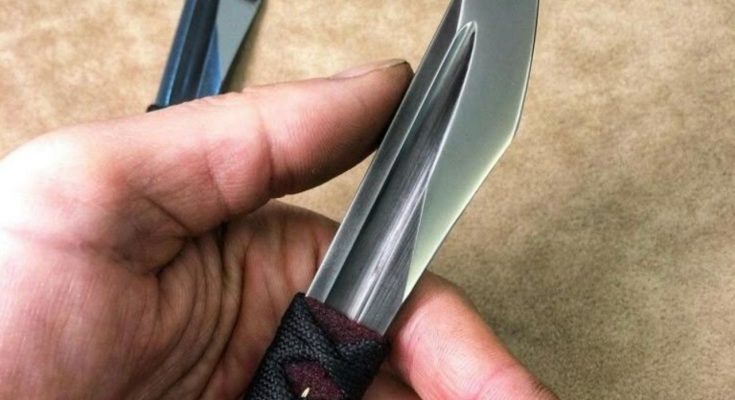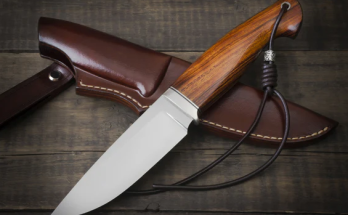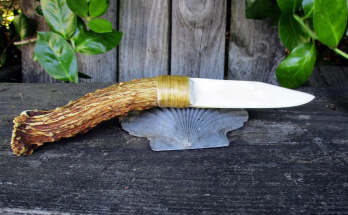Japanese kitchen knives come in a variety of types, each specifically designed for distinct culinary tasks. Understanding these types is essential for selecting the most suitable knife for your needs.
- Santoku Knife: The Santoku knife is a versatile all-purpose knife that combines features of both vegetable and meat knives. It is ideal for slicing, dicing, and chopping a wide range of ingredients. Its balance and ease of use make it particularly suitable for beginners who are looking for a reliable, multi-functional tool.
- Gyuto Knife: Similar to the Santoku, the Gyuto is another all-purpose knife that blends the characteristics of vegetable and meat knives. It is well-suited for various tasks, making it a great choice for those who want a single knife that performs well across different types of food preparation.
> What makes the Santoku Knife different from a Gyuto Knife? Although they are both all-purpose knives, at one point, the Santoku and Gyuto were actually used for different types of ingredients. The Santoku was originally designed to make cutting vegetables a breeze, while the Gyuto was originally designed to cut beef.
This also means that there is a fundamental difference in their design, the curved Santoku knife usually measures up to 150mm-180mm, making it easy to employ the push cut method while using them. On the other hand, the Gyuto, which has blade lengths up to 300mm, makes it easy to do the rock chop. - Bunka Knife: Traditionally used by Japanese chefs, the Bunka knife is valued for its versatility and exceptional performance in handling various cutting tasks. It is a symbol of Japanese culinary skill and craftsmanship.
- Nakiri Knife: The Nakiri knife is specifically designed for chopping, slicing, and dicing vegetables. Its flat, rectangular blade allows for clean, precise cuts without the rocking motion typical of other knives, making it ideal for cutting vegetables straight down. The Nakiri is lightweight and user-friendly, making it a valuable tool for both beginners and experienced chefs who require a specialized knife for preparing vegetables. Its design minimizes the risk of damaging delicate produce, ensuring even cuts and maintaining the integrity of the ingredients.
- Petty Knife: The Petty knife is useful for creating decorative cuts and handling small tasks. While it is often used as a supplementary knife in addition to all-purpose knives, it can add versatility to a well-rounded knife collection.
- Yanagiba Knife: Featuring a long, single-sided blade, the Yanagiba knife is ideal for slicing raw fish into thin pieces, commonly used for dishes like sashimi. It is a staple in sushi restaurants and is designed for precise, delicate cuts.
- Deba Knife: The Deba knife is primarily used for descaling and deboning fish but can also cut through small bones, such as those found in chickens. Its robust design makes it a versatile tool in fish and poultry preparation.



